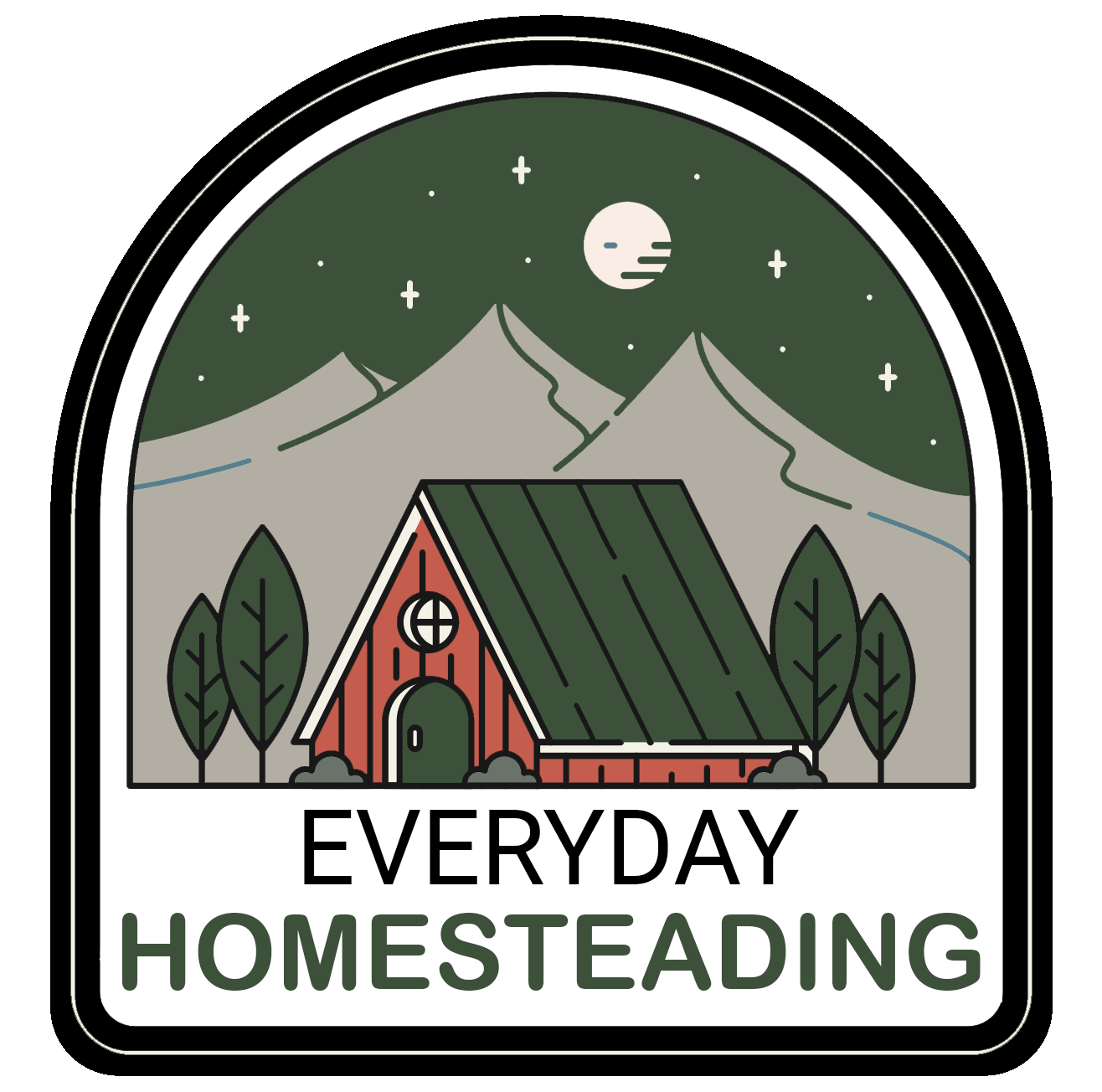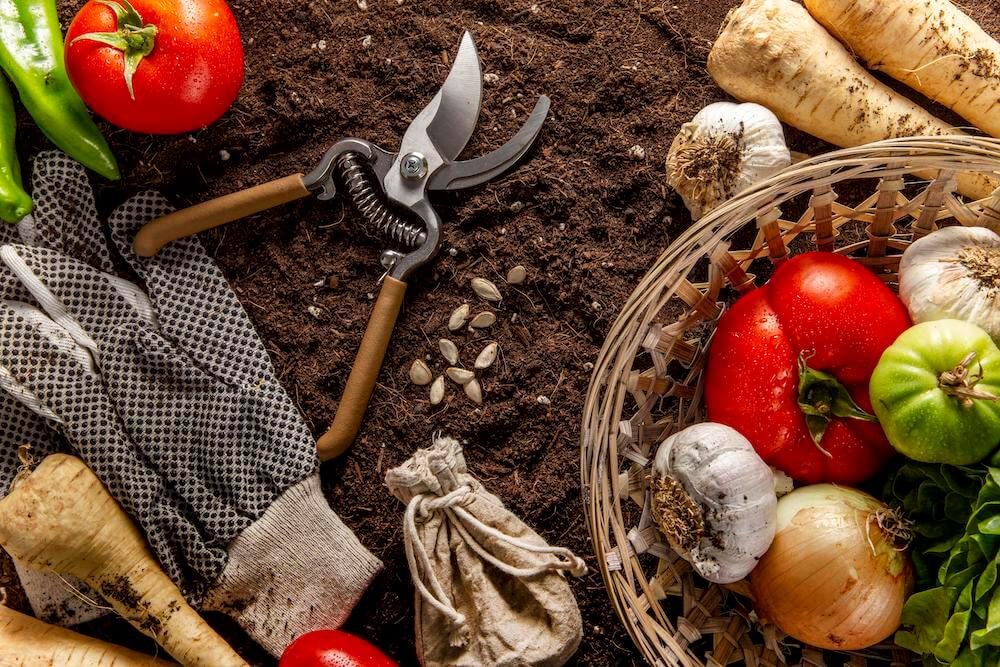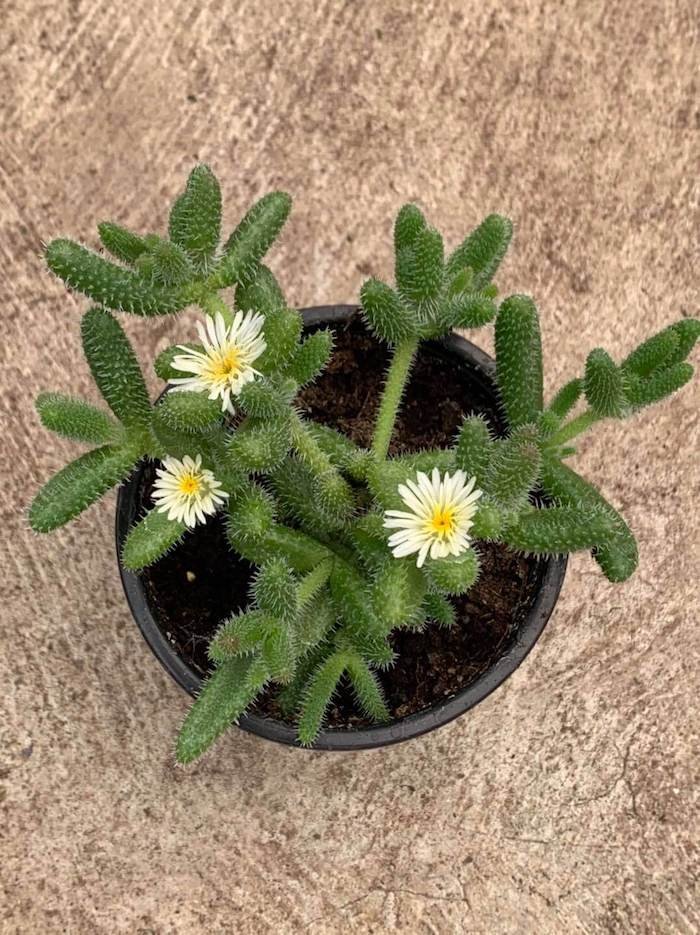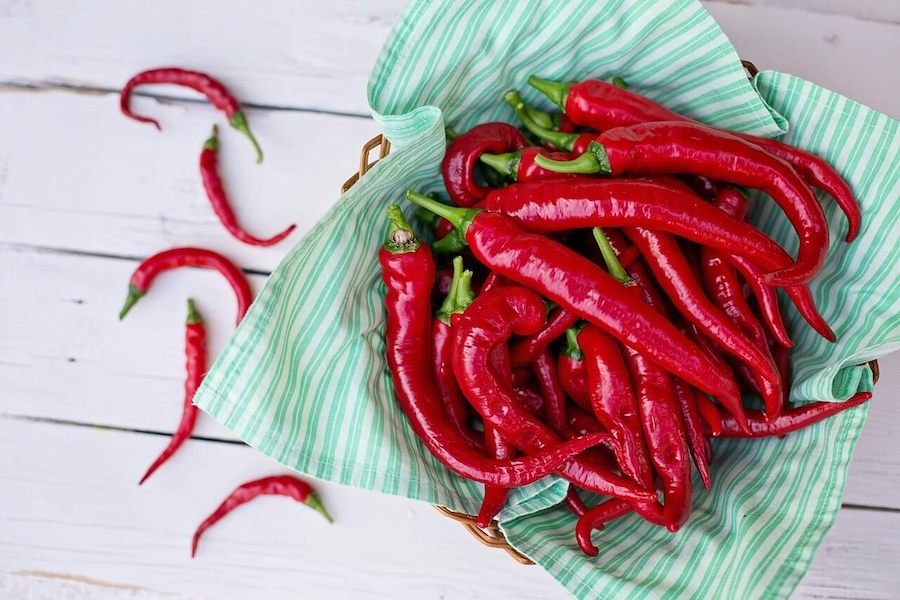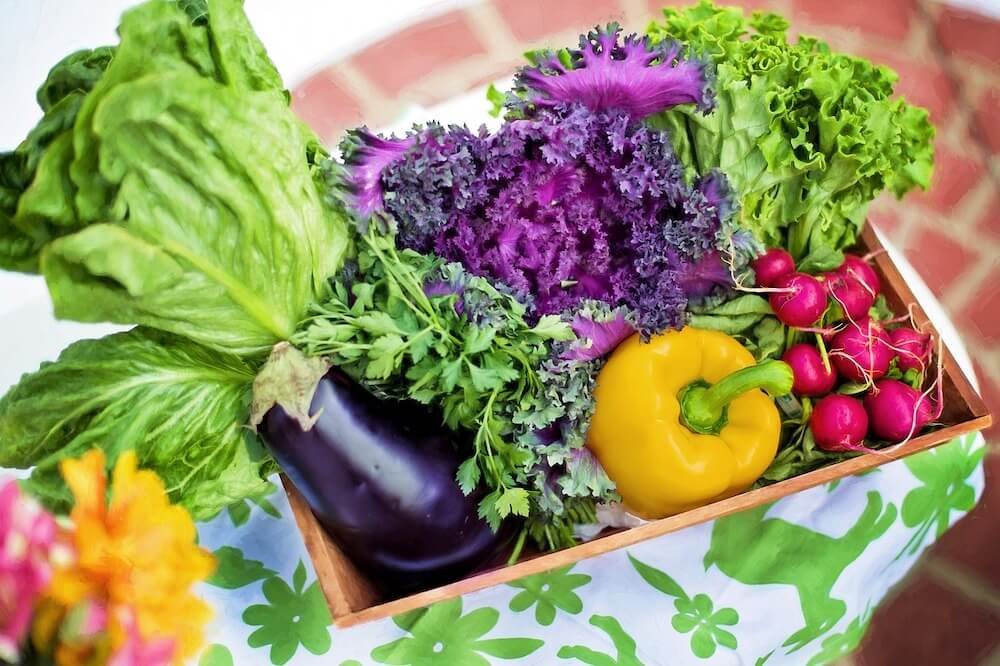Bucket Gardening: How to Grow Your Own Food in Small Spaces
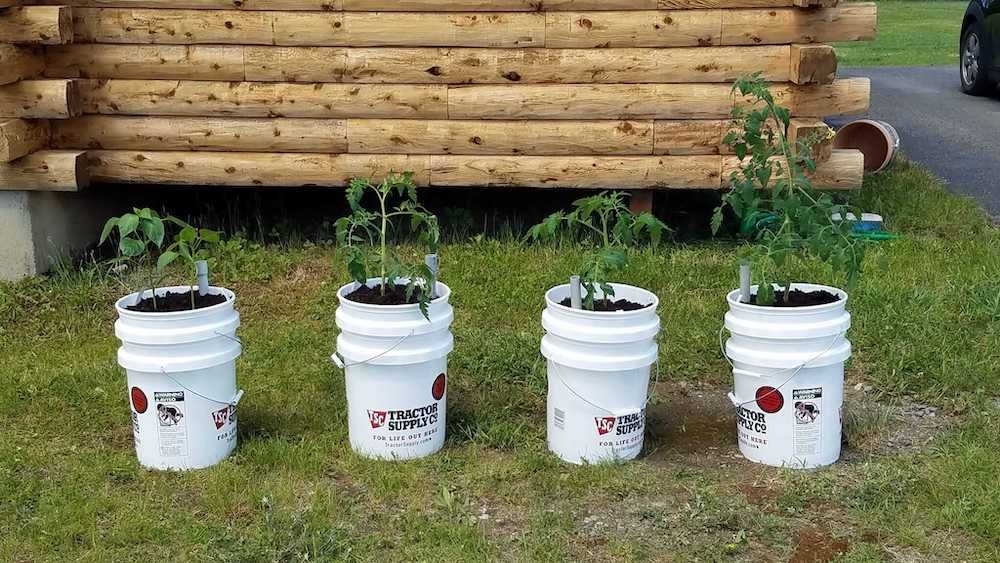
Forget the fancy raised beds and high-tech hydroponic systems – savvy homesteaders are turning to a simple, yet versatile solution for their container gardening needs: the 5-gallon bucket garden.
With its sturdy construction, compact size, and endless possibilities, the 5-gallon bucket has become my go-to choice for container gardening on my homestead.
In the lines below, I’ll walk you through the step-by-step process of creating and maintaining a thriving 5-gallon bucket container garden. From the initial setup to the final harvest, you’ll learn everything you need to know to master the art of container gardening in these versatile buckets. So, let’s dive in and explore the world of 5-gallon bucket container gardening!
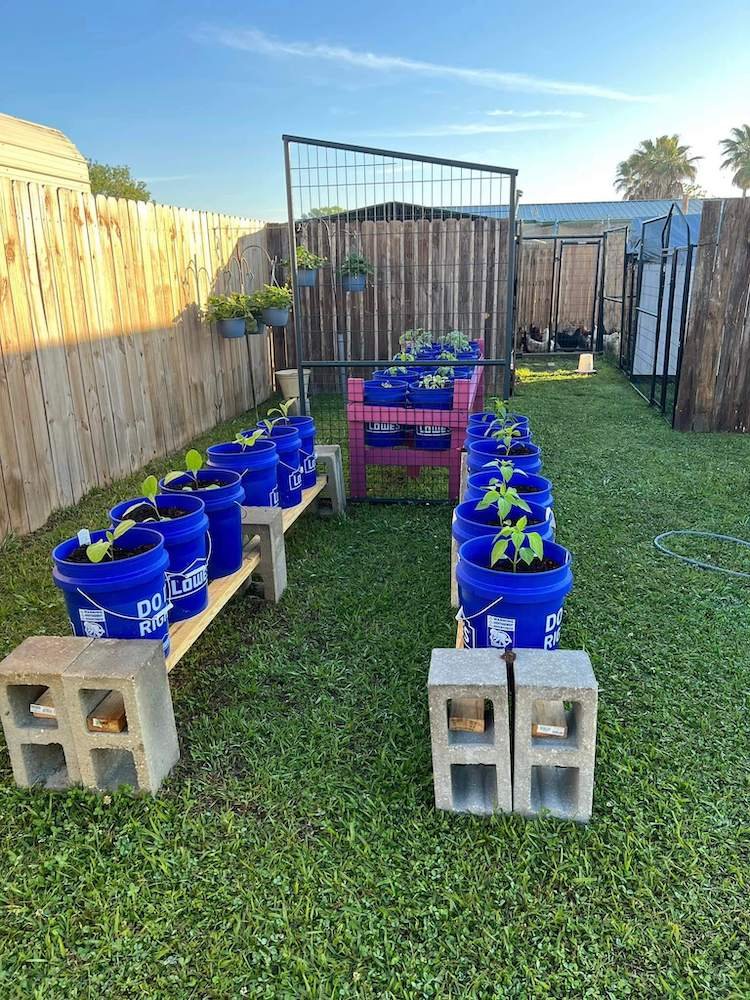
The Benefits of Bucket Gardening
When it comes to setting up your 5-gallon bucket container garden, the experts at the University of Maryland Extension have a wealth of information and guidance to offer.
Before we dive into the nitty-gritty of setting up your 5-gallon bucket container garden, let’s take a moment to appreciate the many benefits of this method:
Space-Saving When it Comes to Bucket Gardening
One of the most significant advantages of 5-gallon bucket container gardening is its space-saving nature. Whether you’re living in a small apartment or a sprawling homestead, these compact containers can be placed almost anywhere, from windowsills to patios to balconies.
Versatility
The 5-gallon bucket is incredibly versatile, allowing you to grow a wide range of plants from herbs to vegetables to flowers. You can even use it to start seeds indoors before transplanting them outdoors.
Easy Maintenance
Container gardening in 5-gallon buckets is relatively low-maintenance. The small size makes it easy to water, fertilize, and prune your plants, and the containers can be easily moved around to follow the sun or to accommodate different growing conditions.
Pest Control
By using a 5-gallon bucket, you can create a self-contained environment that minimizes the risk of pests and diseases. This is especially beneficial for those who are new to gardening or who have had issues with pests in the past.
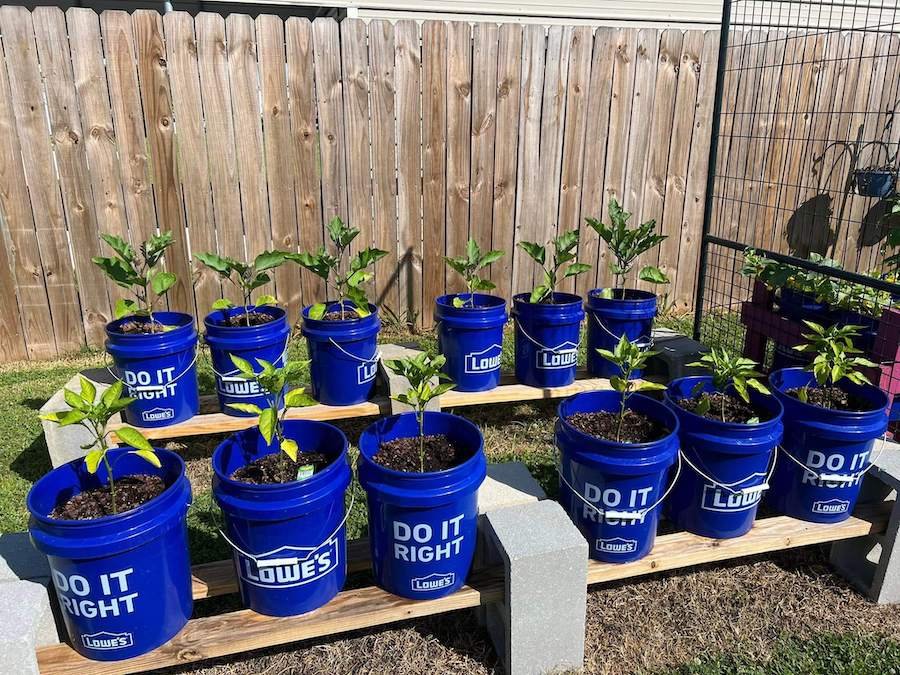
Setting Up Your 5 Gallon Bucket Container Garden
Now that you know the benefits of 5-gallon bucket container gardening, it’s time to get started. Here’s a step-by-step guide to help you set up your own container garden:
Choosing Your Plants for Bucket Gardening
The first step is to decide what you want to grow in your 5-gallon bucket. Consider the space, light, and temperature requirements of your chosen plants. Some popular options include:
- Herbs: Basil, thyme, rosemary, and cilantro are all excellent choices for container gardening.
- Vegetables: Lettuce, spinach, carrots, and radishes are all suitable for 5-gallon bucket container gardening.
- Flowers: Petunias, marigolds, and zinnias are all beautiful and easy to grow in containers.
Preparing Your Bucket
Before you start planting, make sure your 5-gallon bucket is clean and ready for use. You can use a bucket specifically designed for gardening or repurpose a clean, food-grade bucket. Drill several holes in the bottom of the bucket to allow for drainage.
Filling the Bucket
Fill the bucket with a well-draining potting mix. You can use a commercial potting mix or create your own by combining equal parts peat moss, perlite, and vermiculite. Add a layer of gravel or small stones to the bottom of the bucket to improve drainage.
Planting Your Seeds or Transplants
Once your bucket is filled with potting mix, it’s time to plant your seeds or transplants. Follow the instructions on the seed packet or the care label for your transplants. Make sure to space the plants appropriately to allow for good air circulation.
Watering and Fertilizing
Water your plants regularly, but be careful not to overwater. Use a watering can or a hose with a gentle spray to avoid disturbing the soil. Fertilize your plants every two weeks with a balanced, water-soluble fertilizer.
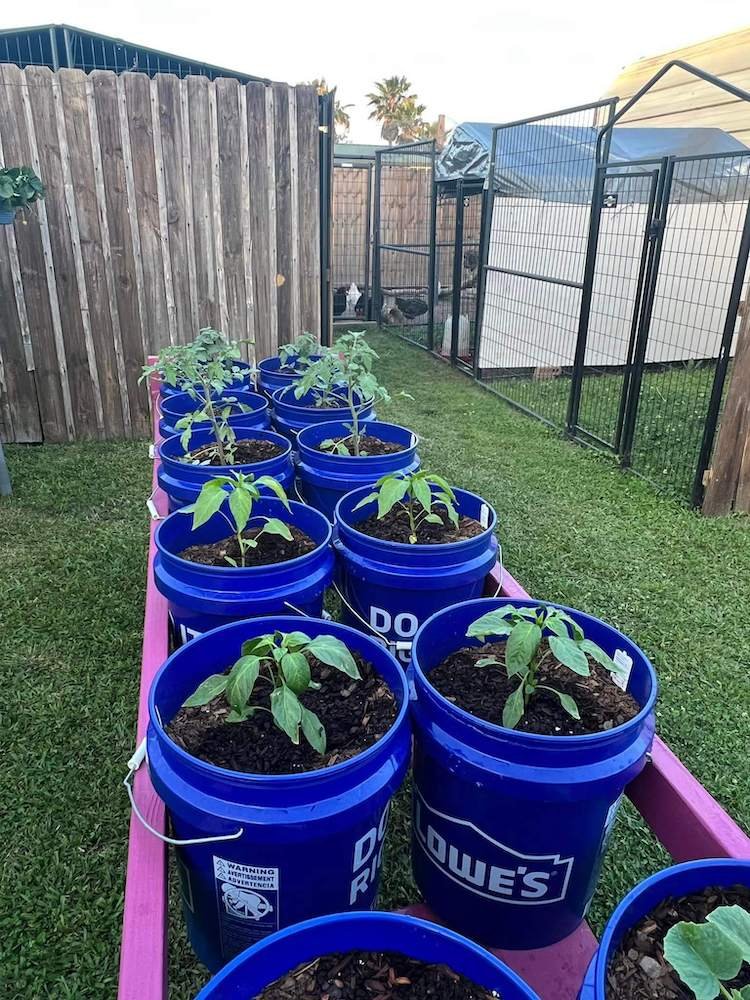
Tips and Tricks for 5 Gallon Bucket Container Gardening Success
To ensure your 5-gallon bucket container garden thrives, follow these additional tips and tricks:
- Choose the Right Location: Place your bucket in an area that receives at least 6 hours of direct sunlight. If your bucket is in a shaded area, consider using a grow light to supplement the sun’s rays.
- Monitor Soil Moisture: Check the soil moisture regularly to ensure it’s not too dry or too wet. Use a soil moisture meter to get an accurate reading.
- Prune and Train: Regular pruning and training can help your plants grow stronger and more compact. Pinch off the tips of your plants to encourage bushier growth.
- Use Mulch: Apply a layer of mulch around the base of your plants to retain moisture, suppress weeds, and keep the soil cool.
- Rotate Your Buckets: If you’re growing multiple plants in different buckets, rotate them regularly to ensure each plant receives equal sunlight and nutrients.

Troubleshooting Common Issues
As with any gardening endeavor, you may encounter some challenges along the way. Here are some common issues and how to address them:
Pests and Diseases:
Keep an eye out for pests like aphids, whiteflies, and spider mites. Use insecticidal soap or neem oil to control infestations. For diseases, remove infected plants and disinfect the bucket with a solution of 1 part bleach to 9 parts water.
Overwatering:
If your plants are showing signs of overwatering, such as yellowing leaves or root rot, reduce the amount of water you’re giving them. Allow the soil to dry out slightly between waterings.
Underwatering:
If your plants are showing signs of underwatering, such as wilting or drooping, increase the frequency and amount of water you’re giving them. Check the soil moisture regularly to ensure it’s not too dry.
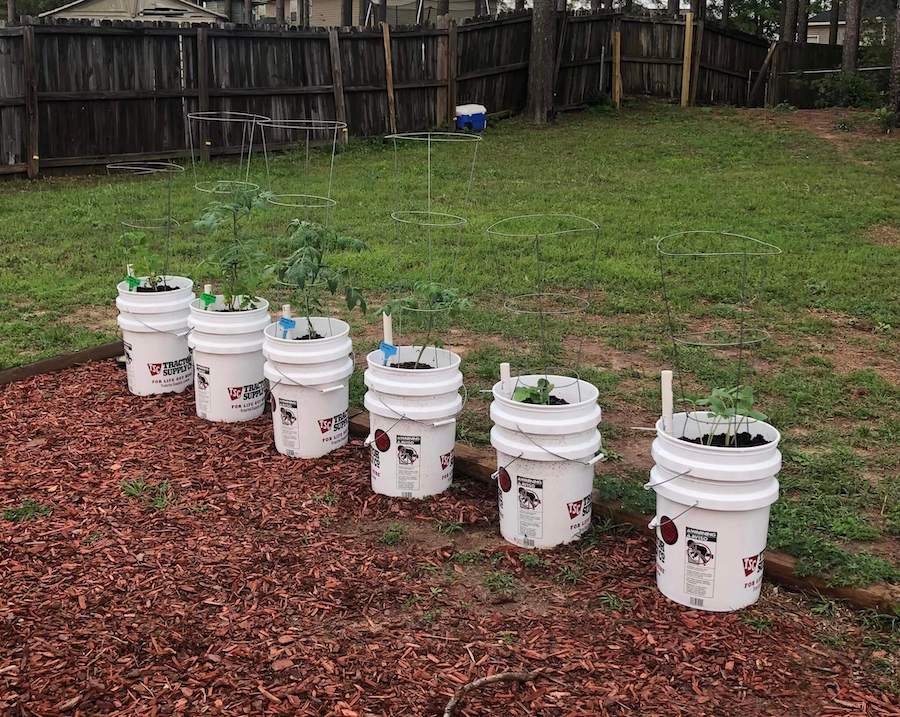
Frequently Asked Questions about 5 Gallon Bucket Container Gardening
Q: Can I use any type of bucket for container gardening?
A: No, it’s best to use a food-grade bucket or a bucket specifically designed for gardening. Avoid using buckets that have been used for chemicals or other toxic substances.
Q: How often should I fertilize my plants?
A: Fertilize your plants every two weeks with a balanced, water-soluble fertilizer. You can also use a slow-release fertilizer at the beginning of the growing season.
Q: Can I grow vegetables in a 5-gallon bucket?
A: Yes, you can grow a variety of vegetables in a 5-gallon bucket. Some popular options include lettuce, spinach, carrots, and radishes.
Q: How do I know when my plants need water?
A: Check the soil moisture regularly using a soil moisture meter. If the soil is dry to the touch, it’s time to water your plants.
By addressing these common questions, you’ll be well-equipped to confidently create, maintain, and troubleshoot your 5-gallon bucket container garden. With the right setup and care, you can enjoy a bountiful harvest of fresh herbs, vegetables, and flowers right from your own backyard.
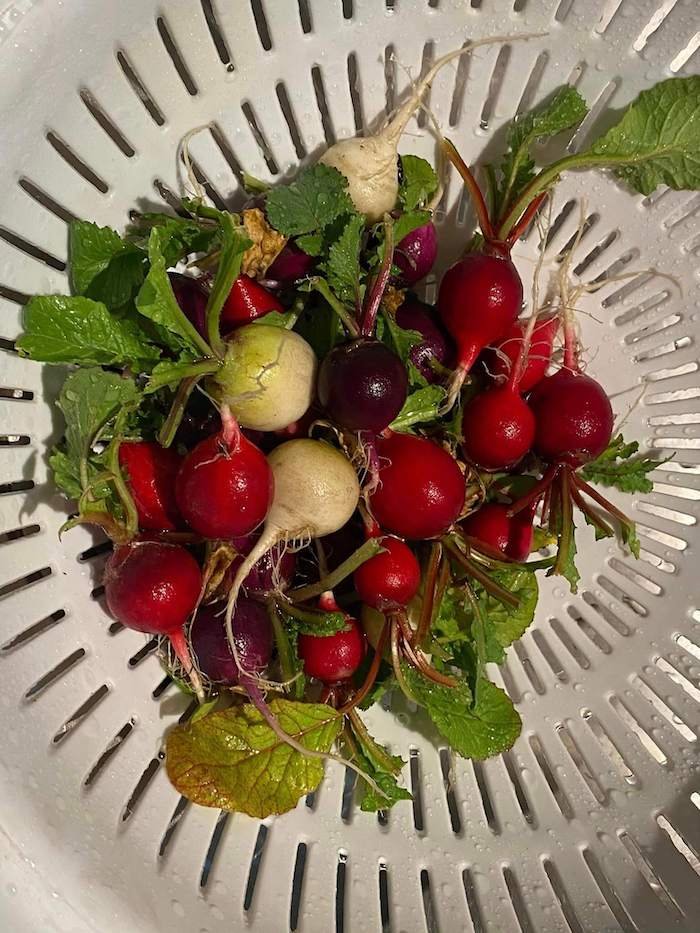
Let’s All Switch to 5 Gallon Bucket Gardening
The 5-gallon bucket container garden is a versatile, space-saving, and low-maintenance way to grow your own food. By following the tips and tricks outlined in this guide, you can create a thriving garden that produces a steady supply of fresh produce and beautiful flowers. Whether you’re a seasoned gardener or just starting out, the 5-gallon bucket container garden is an excellent choice for anyone looking to bring a little bit of greenery into their life.
So, why not give it a try? With a little bit of effort and care, you can enjoy the fruits of your labor and the satisfaction of growing your own food. Happy gardening



